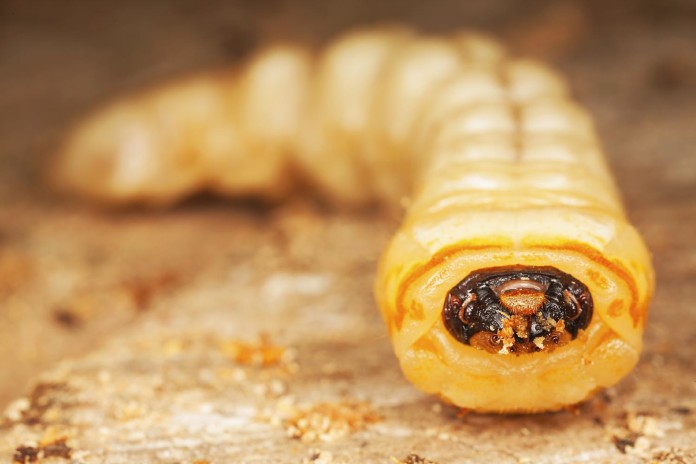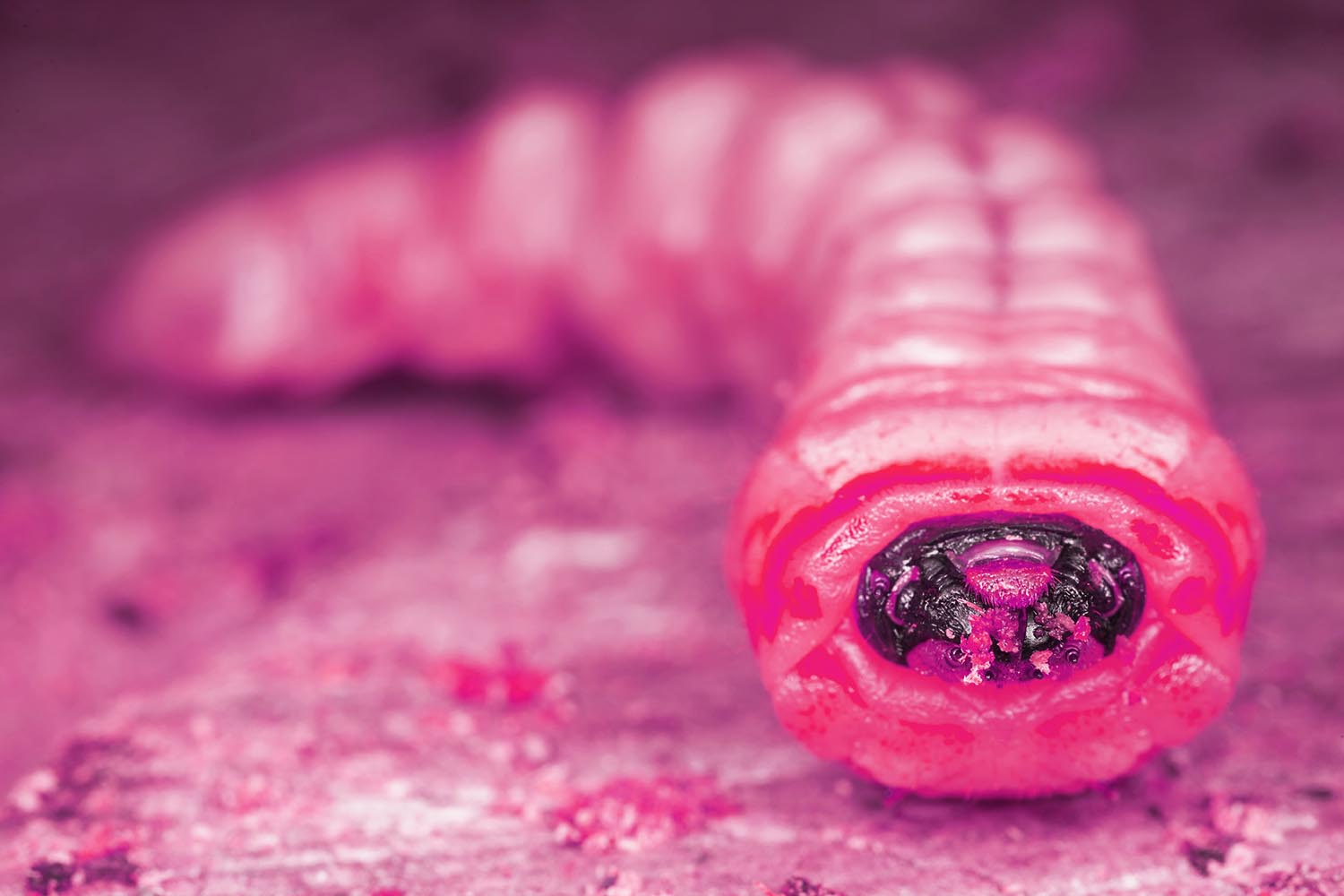
The genome series exposed that 2 varieties of acorn worm the very first genomes of hemichordates. This implies that they preserve resemblances to the initial pets to develop pharyngeal or “gill” slits.

The team of researchers researched sequenced genomes of two aquatic worms, and discovered that the gills in their throats carry the same genes that give humans the ability to eat, talk and ingest food
Acorn worms look quite various from chordates, which makes this discovery particularly shocking. The team nor the scientific community expected to find that chordates and humans are so comparable on the genomic and also cell organic degrees.
Humans and Acorn Worms Were Once One and the Same
A study team consisting of researchers from UC Berkeley; the Okinawa Institute of Science and also Technology Graduate University in Onna, Okinawa, Japan; Stanford University’s Hopkins Marine Station; the Baylor College of Medicine in Texas as well as the United Kingdom have actually just recently published their searchings for in the Nov. 19 issue of the journal Nature.
The usual origins ultimately generated chordates: animals with hollow nerve cables, like people as well as various other animals. The installation indicates that acorn worms and also the human family tree deviated 570 million years earlier.
Acorn Worm: An Unlikely Relative
Acorn worms usually inhabit U-shaped burrows in superficial, brackish water on the sea floor. They ingest sand filled with microbes and also decomposing raw material to obtain their nutrients.
The pharyngeal slits for filtering system food developed right into their gills is for drawing out oxygen. The genes that formed these gills also have humans vocal cords, which incorporates the thyroid glandular, the tongue, larynx (voice box) and different glandulars as well as muscle mass in between the throat and the mouth.
This Study Sheds New Light on the Evolution of Humans
According to the study, we share about 70% of our genetic make-up with the acorn worm. Our closest organic relatives, the chimps, share 98% of our genome. 30 percent leaves a whole lot of space for transformative descriptions however the resemblances have actually brought us closer to understanding the growth of human biology and the theory of evolution.
The visibility of these slits in acorn worms as well as animals informs us that our last typical forefather likewise had them, as well as was likely a filter feeder like acorn worms today, claimed Daniel Rokhsar, head researcher and Professor of Molecular, Cell Biology and Physics at UC Berkeley. Acorn worms are aquatic invertebrates that, regardless of their distinctly non-vertebrate type, are nonetheless amongst our closest invertebrate ancestors.

















